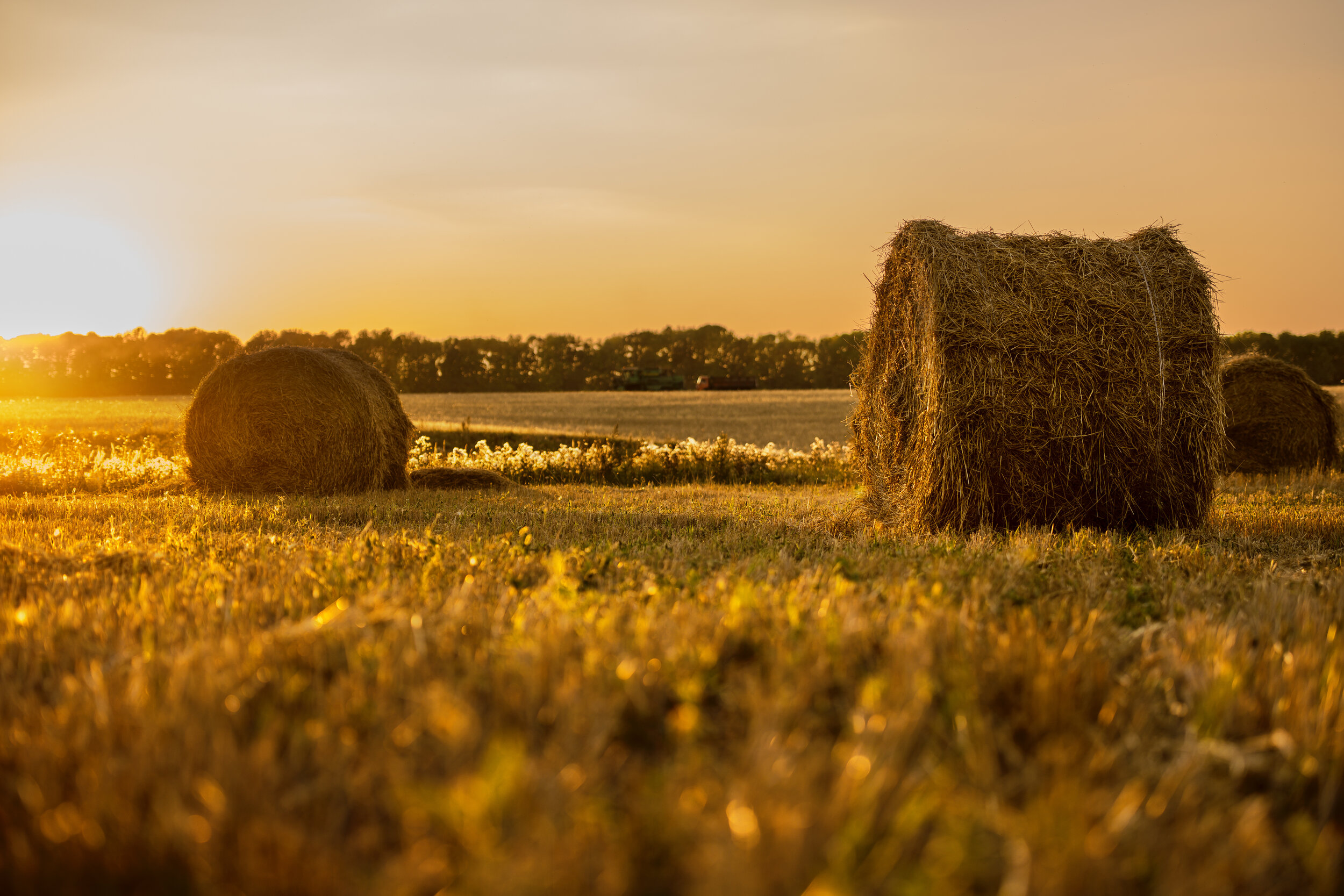
Commodity Buffer Program
A harvestable conservation buffer, a commodity buffer is a strip of perennial vegetation established at the edge of any waterway; stream, river, creek, ditch, spring, wet area, drainage, or shoreline.
They are used to:
Capture sediment and filter nutrients, pesticides, and animal waste from agricultural runoff
Help prevent further erosion from the waterway
Provide wildlife habitat and establish wildlife corridors
Unlike any other buffer program in the nation, a commodity buffer compensates a producer for the true value of the ground.
Eligibility:
Landowners/Agricultural Producers located within the Palouse River Watershed
Check geographic eligibility here
Existing buffers can qualify if they meet the outlined requirements
Requirements:
Producer must install and maintain required buffer size according to the type of waterway, tillage practice, and associated Soil Tillage Intensity Rating (STIR)
Producer must maintain the selected practice for a minimum of 3 years
Practices can be a filter strip (grass only, or grass/forb mix) or a native riparian forest (grasses, trees, and shrubs)
Commodity Buffers cannot be burned
Haying and mowing must occur after July 1st
See informational flyer to estimate your size requirements
Incentives:
Minimum Payment of $200/acre per year on eligible acres
Compensation rate is valued at or above adjacent crop rotations (based on USDA Risk Management Agencies projected crop prices)
Rates will change annually, to adjust for fluctuations in higher market values
Total payment amounts will depend on buffer size, adjacent tillage practices, and the type of buffer (existing or implementing)
Benefits:
Can assist producer toward Farmed Smart Certification eligibility
Can help provide regulatory certainty
Can be grazed or hayed (with appropriate planning requirements)
Less ground to work and operate
Reduces suspended and associated contaminants (ie. nutrients, pesticides, and bio-solids) in runoff to improve water quality


